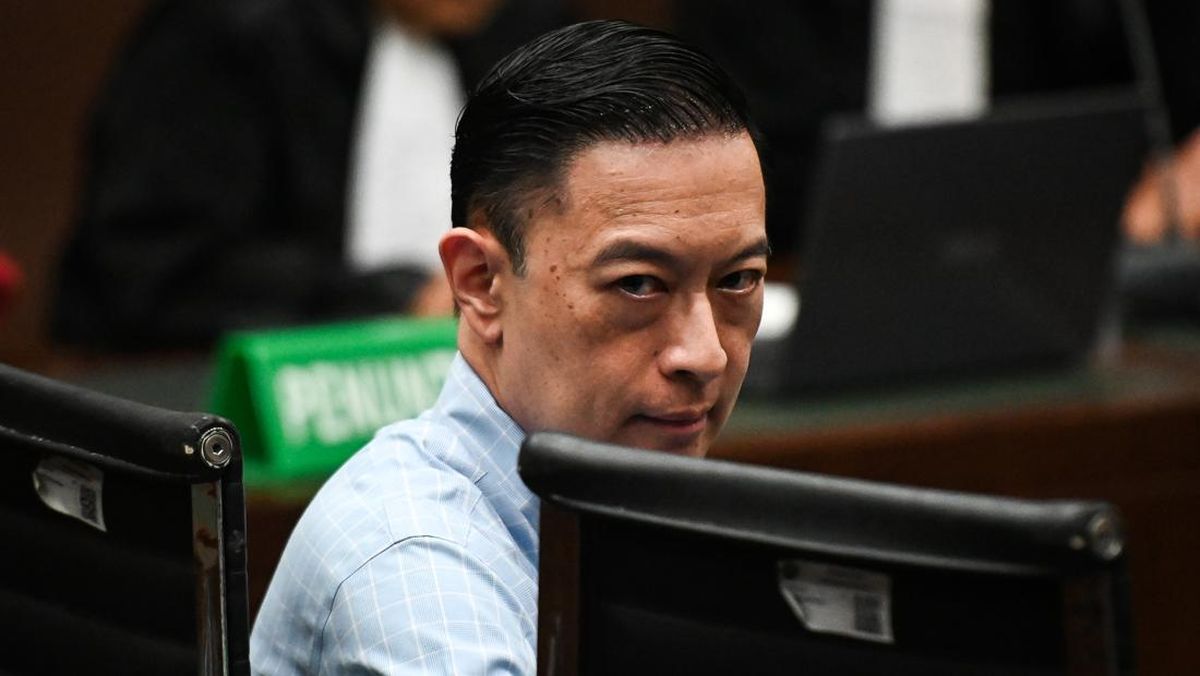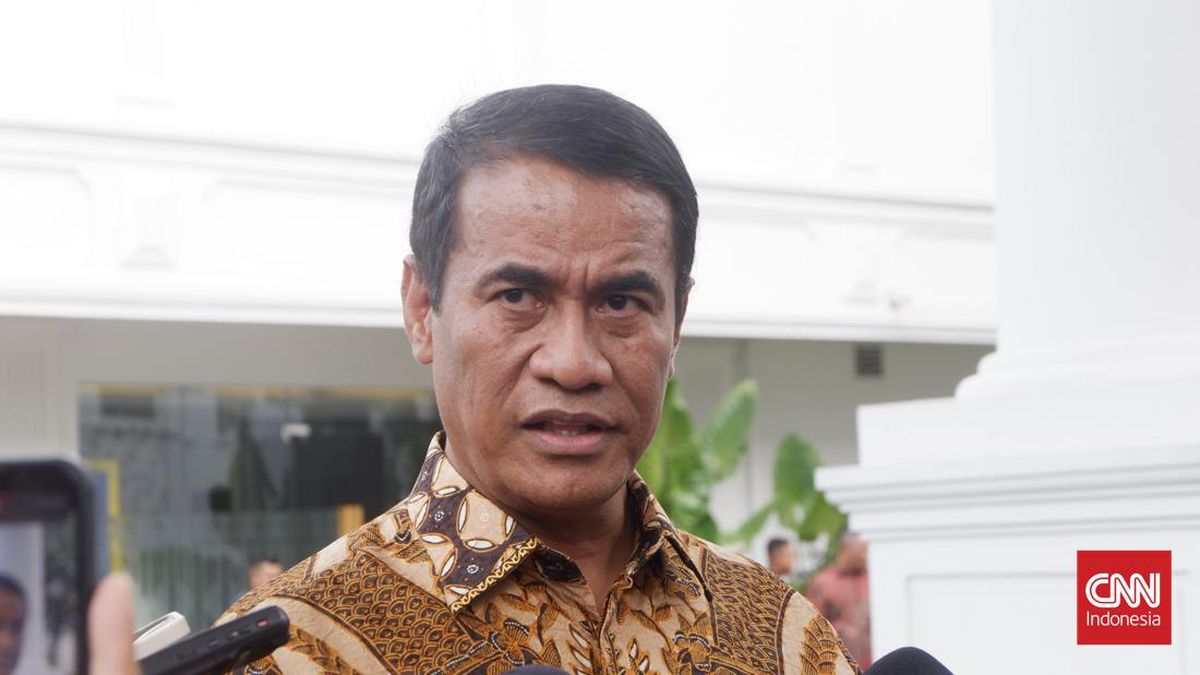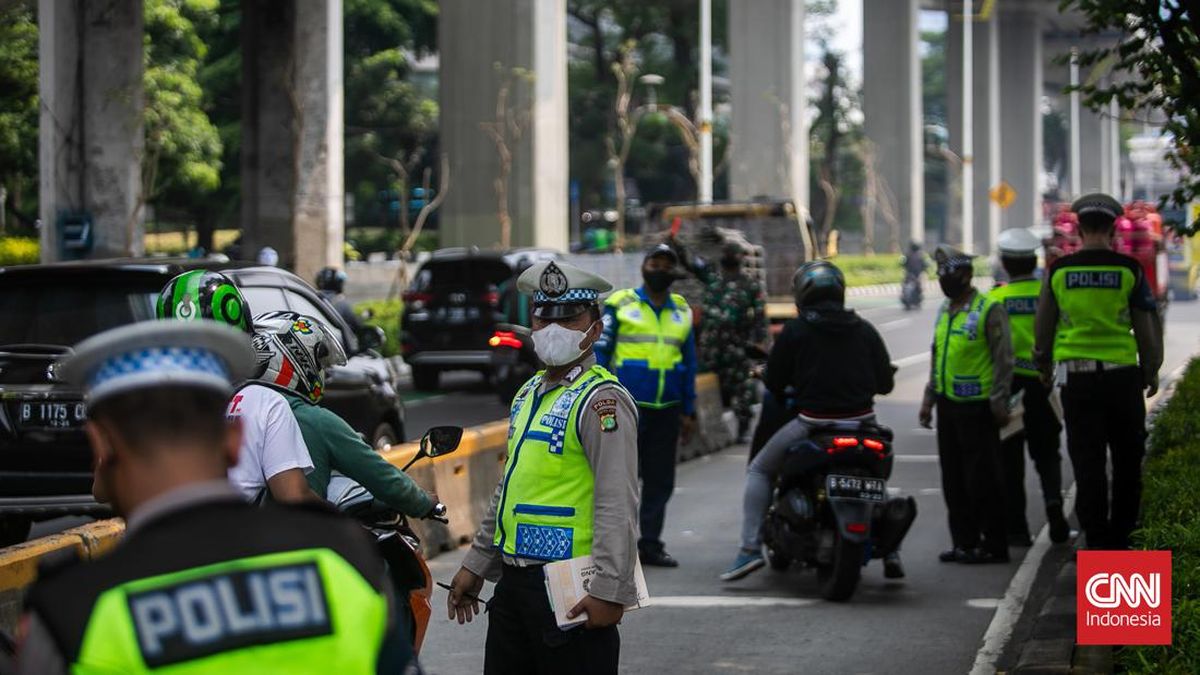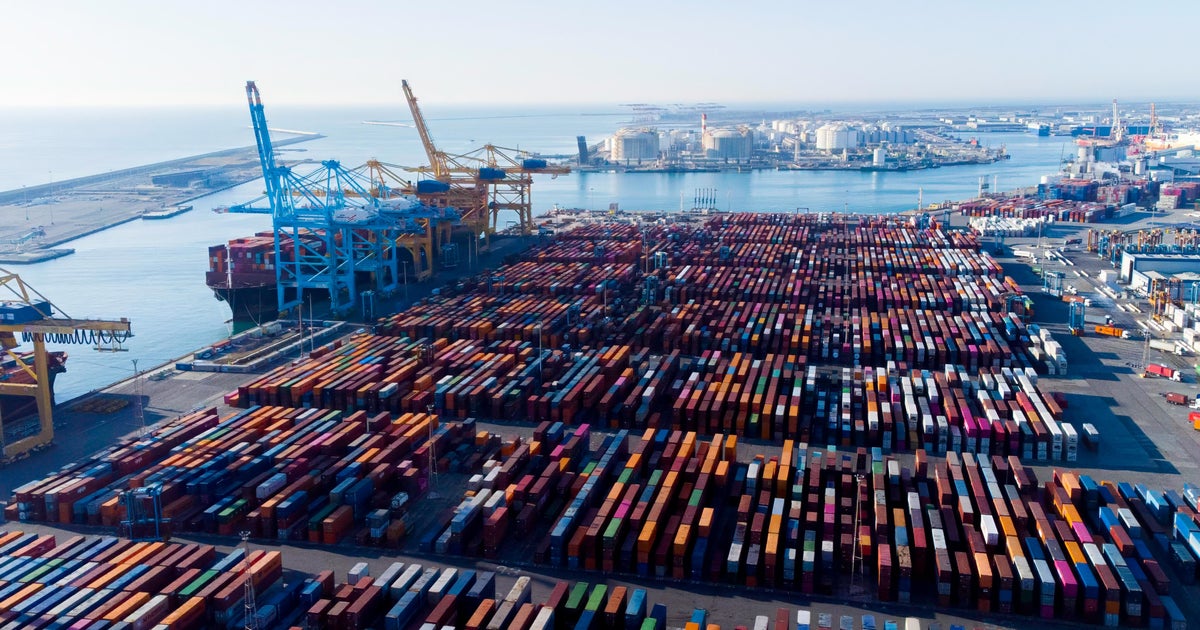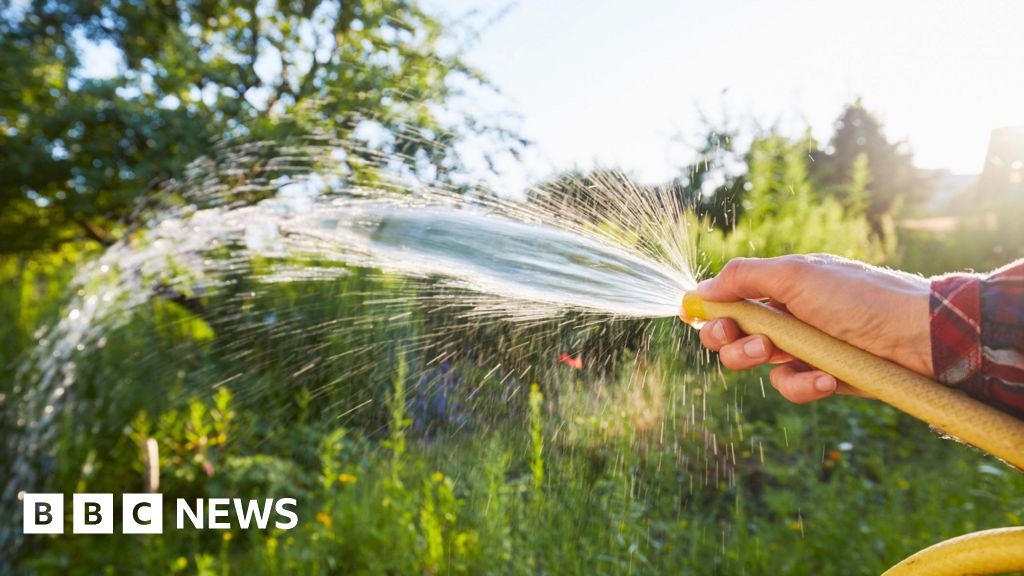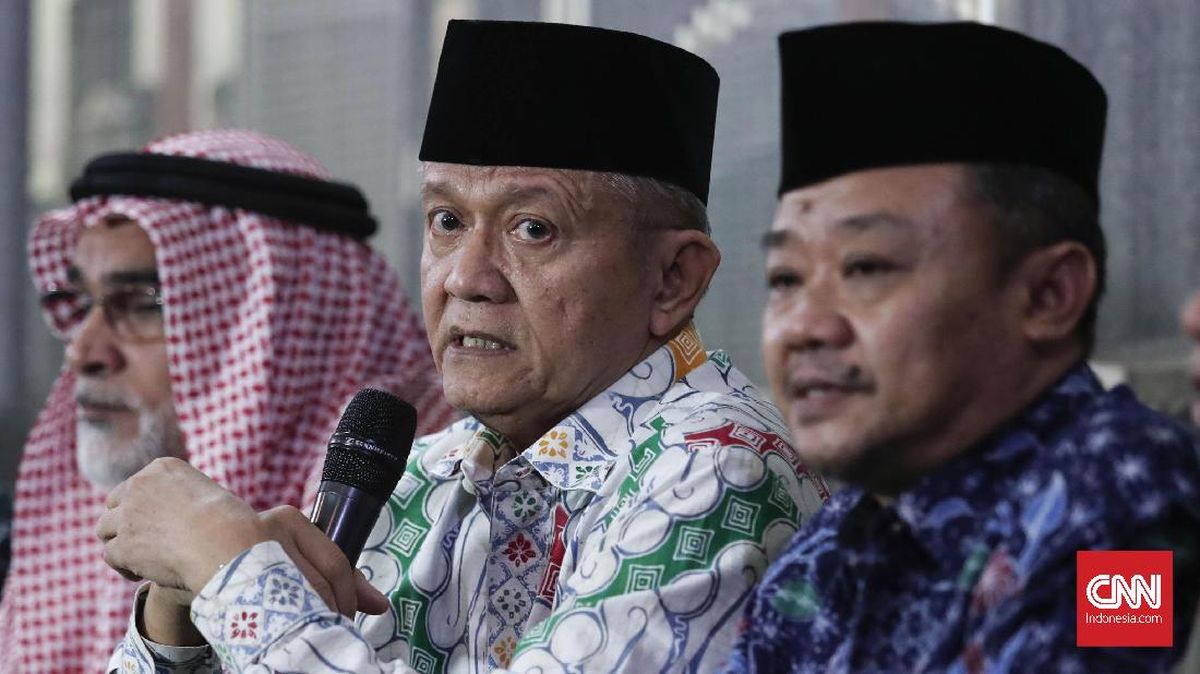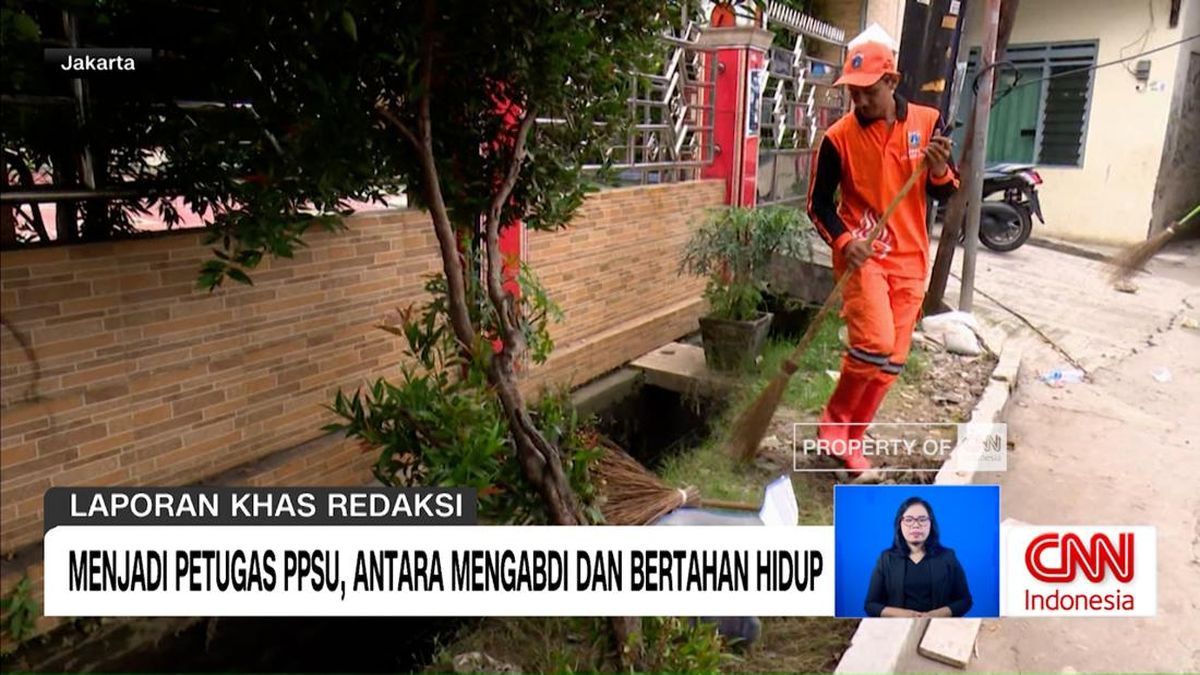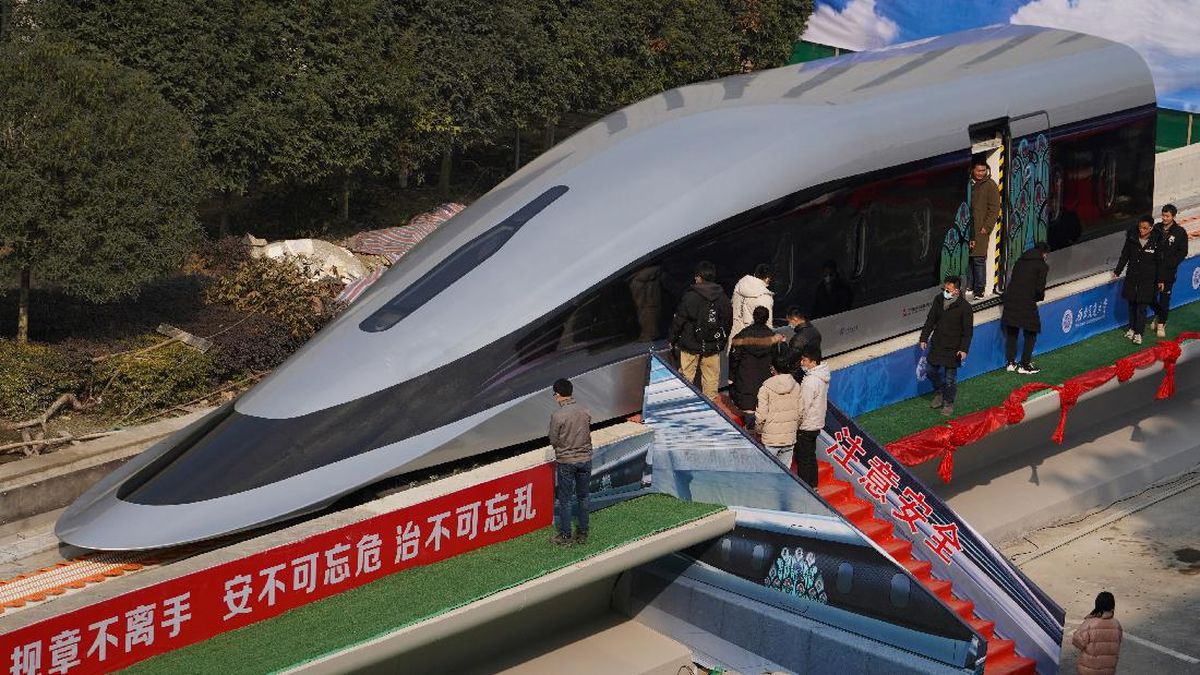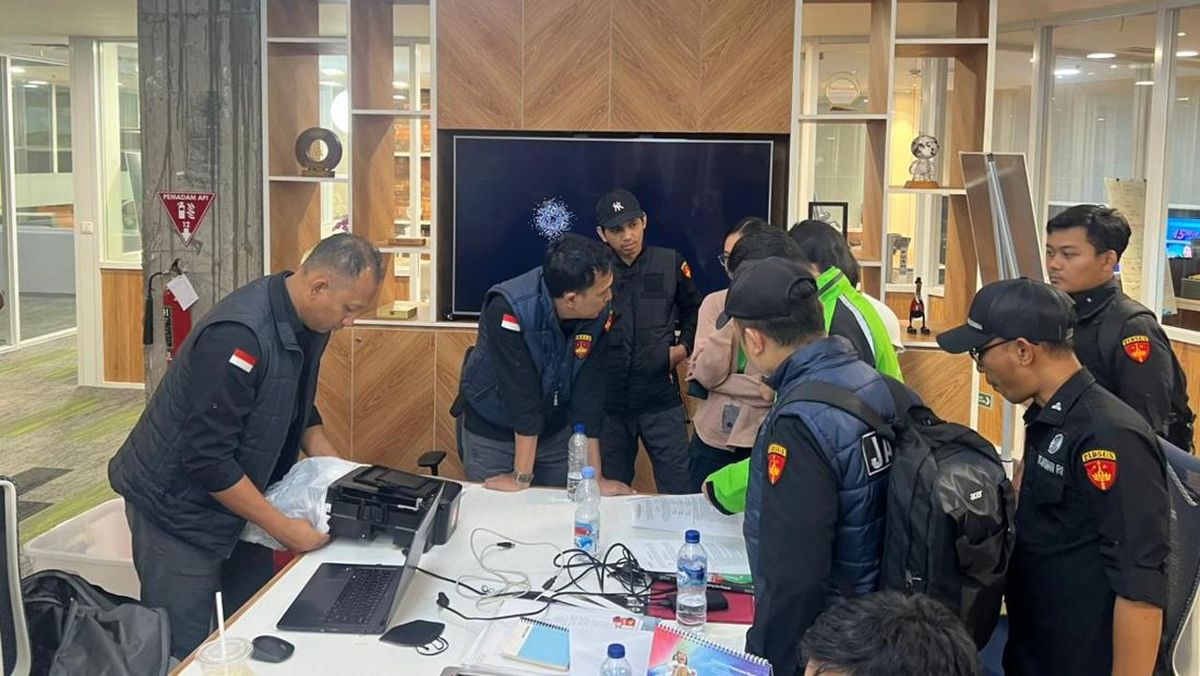The PM talked up green steel. But is it even a thing?
Flanked by the chiefs of Australia’s four largest iron ore exporters, Prime Minister Anthony Albanese appeared at an industry round table in China to declare that the creation of a green steel industry was of vital interest to both nations.

A worker at a blast furnace at the Salzgitter AG mill in Germany where green steel processes are being explored.Credit: Bloomberg
The possibilities of green steel have long been a focus of Australian governments, not only because we are the world’s largest iron ore producer, but because from the ore’s extraction through to final production, the steel industry accounts for between seven and nine per cent of global greenhouse gas emissions.
If the world is going to deal with climate change, it must decarbonise the steel making process.
So far, this has proved confoundingly difficult.
What is green steel?
Simply put, it is steel with far fewer greenhouse gas emissions.
Most emissions from steel making occur when iron ore is “reduced” in a blast furnace to be made into iron. This is done by loading iron ore and coal into a blast furnace and applying massive amounts of heat. The coal in the furnace strips oxygen out of the ore, leaving iron, which can then be made into steel.
Loading
This process can be made cleaner by replacing the coal in the furnace with hydrogen, which in turn – if the process is to be green – must be made with electrolysers, that are powered by renewable electricity.
Champions of a green steel industry, such as the economist Ross Garnaut, a director of The Superpower Institute and the clean power company ZEN Energy, along with Andrew Forrest of Fortescue Metals Group, argue that Australia is uniquely placed to lead this potential new industry: we have the world’s largest iron ore reserves and the vast space for the wind and solar farms needed to power the industry.
Is it happening yet?
Not at large scale. A Swedish consortium, Hybrit, has made around 5000 tonnes of hydrogen-reduced iron, and advances are being made in Australia. ZEN Energy is working with European and Asian partners to develop a green iron project to supply a new electric arc furnace at Wyalla in South Australia, while Fortescue has a green metal project underway at Christmas Creek in the Pilbara.

Fortescue’s Cloudbreak iron ore processing facility in the Pilbara.Credit: Trevor Collens
What’s the hold up?
Cost and complexity. The industrial supply chain to produce green steel is long, complicated and expensive. It demands that a hydrogen industry be built to sustain it, and cost-effective ways of storing that hydrogen, and massive amounts of green energy, which also must be stored.
The cost of each those processes must also be driven down. While renewable energy costs are tumbling, hydrogen remains comparatively expensive. Back when hydrogen cost around $15 a kilo former Prime Minister Scott Morrison announced an energy policy designed to drive it down to $2 per kilo. Today it remains closer to $10.
“It means a lot of large organisations making big expensive bets, and getting enough of them right,” explains Tony Wood, senior fellow with the Grattan Institute’s energy program. “The question is, who is going to cover the risk?”
Finally, the product they make will be more expensive than conventional steel, which means the industry will need customers willing to pay a premium for a clean product. If countries are to meet their Paris Agreement targets, it is expected that market will grow.
Garnaut believes the industry needs the support of a carbon price.
Are there advantages beyond greenhouse gas emissions?
Absolutely. As Albanese said on Monday, Australia is already the world’s largest exporter of iron ore. If we can scale green iron at a viable cost we can add value to the product. “The value of the green iron would be two or three times the value of the iron ore,” says Garnaut, pointing to a Superpower Institute paper that found if green iron replaced iron ore as a primary export, it could generate up to $386 billion annually by 2060. By comparison, Australia’s iron ore exports are typically around $120 billion per year.
This would provide a strategic hedge against the expected decline in coal exports.
With a large scale green iron or steel industry, Australia could not only help decarbonise its own economy, but that of its iron customers, who would be purchasing Australian green energy embodied in the iron products. This would be far more efficient than exporting Australian hydrogen and iron ore to be produced offshore into iron and steel, and it could reduce global emissions by four per cent, Garnaut argues.
Get to the heart of what’s happening with climate change and the environment. Sign up for our fortnightly Environment newsletter.
Most Viewed in Environment
Loading


